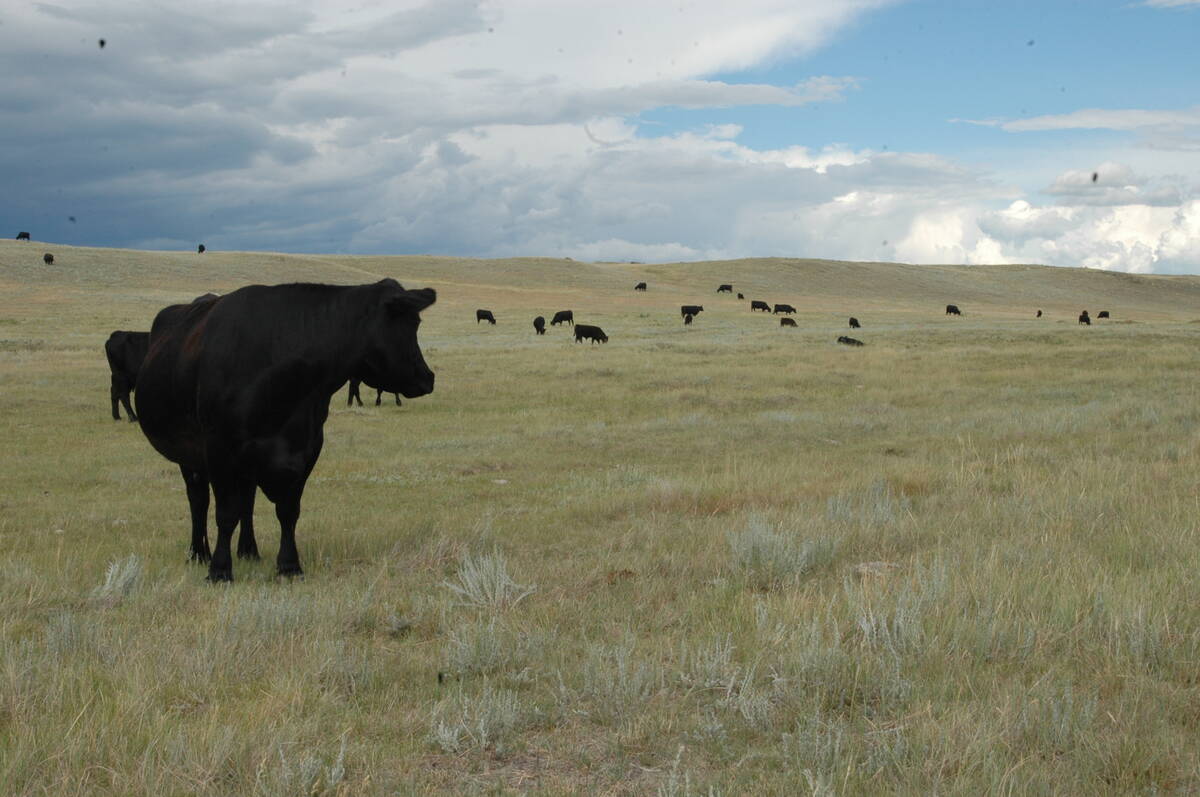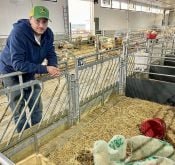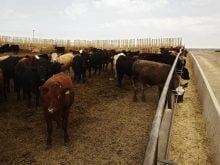TABER, Alta. – On Nov. 20, Lloyd Robinson was hoping to finally harvest
his corn crop.
The Burdett, Alta., farmer was one of many Alberta producers scrambling
to bring in cereals, hay and special crops of corn and sugar beets in
one of the latest harvest seasons in recent memory.
“There were very poor growing conditions throughout the year,” Robinson
said. He has a large mixed operation, growing grain corn and silage
corn for southern Alberta’s feedlot industry.
Read Also

Canadian Food Inspection Agency slammed for handling of bovine tuberculosis case
The federal government leans heavily on producers to “take one for the team” and risk their livelihoods without any reassurance of support.
In normal years growers can easily achieve a 20 tonne silage yield per
acre. It needs plenty of heat and up to 500 millimetres of water per
growing season.
Operations are normally completed by the end of September.
This year was different, starting with a cold spring and dubious water
supplies following three years of drought and no spring runoff to
refill irrigation reservoirs.
Heavy rain arrived in the first week of June and refilled the
reservoirs, but they also flooded the crops, stalling plant
development.
However, July weather improved and Robinson anticipates a near normal
yield.
With about 35,000 acres of feed corn grown annually in the irrigated
regions south of Picture Butte, the industry is closely related to the
feeding industry. Feed demands are high and crops like corn do well on
heavily manured lands surrounding the feedlots.
“I don’t anticipate an increase in corn acreage in the near future. It
depends on the livestock industry,” Robinson said in an interview at
the recent Alberta Corn Committee meeting in Taber.
The crop has risen to prominence in the last couple years as the
Alberta livestock industry began importing thousands of tonnes of grain
corn from the United States.
Producers hoping to extend their grazing seasons are also interested in
turning cattle into standing corn during the winter.
Silage corn has been common in this area for more than 30 years.
The greatest challenge is climate and finding varieties that mature in
less than 75 days, compared to American corn that matures in 130 days.
“Finding varieties that were suitable for our area was a really big
challenge,” Robinson said.
“One of our goals was to have corn knee high by July 1. From July 1 to
the end of August it can grow to 10 feet tall.”
Companies were slow to develop varieties that fit the northern growing
area.
Since the corn committee was formed in 1969, an increasing number of
growers have moved away from grain corn toward more profitable silage
corn.
The committee encourages the development of new varieties and technical
production information on weed and pest control.
Committee revenue is derived from charging seed companies to enter corn
into trials for new variety development.
Silage corn is commonly grown in the U.S. and Eastern Canada, so
variety information can be shared and compared.















